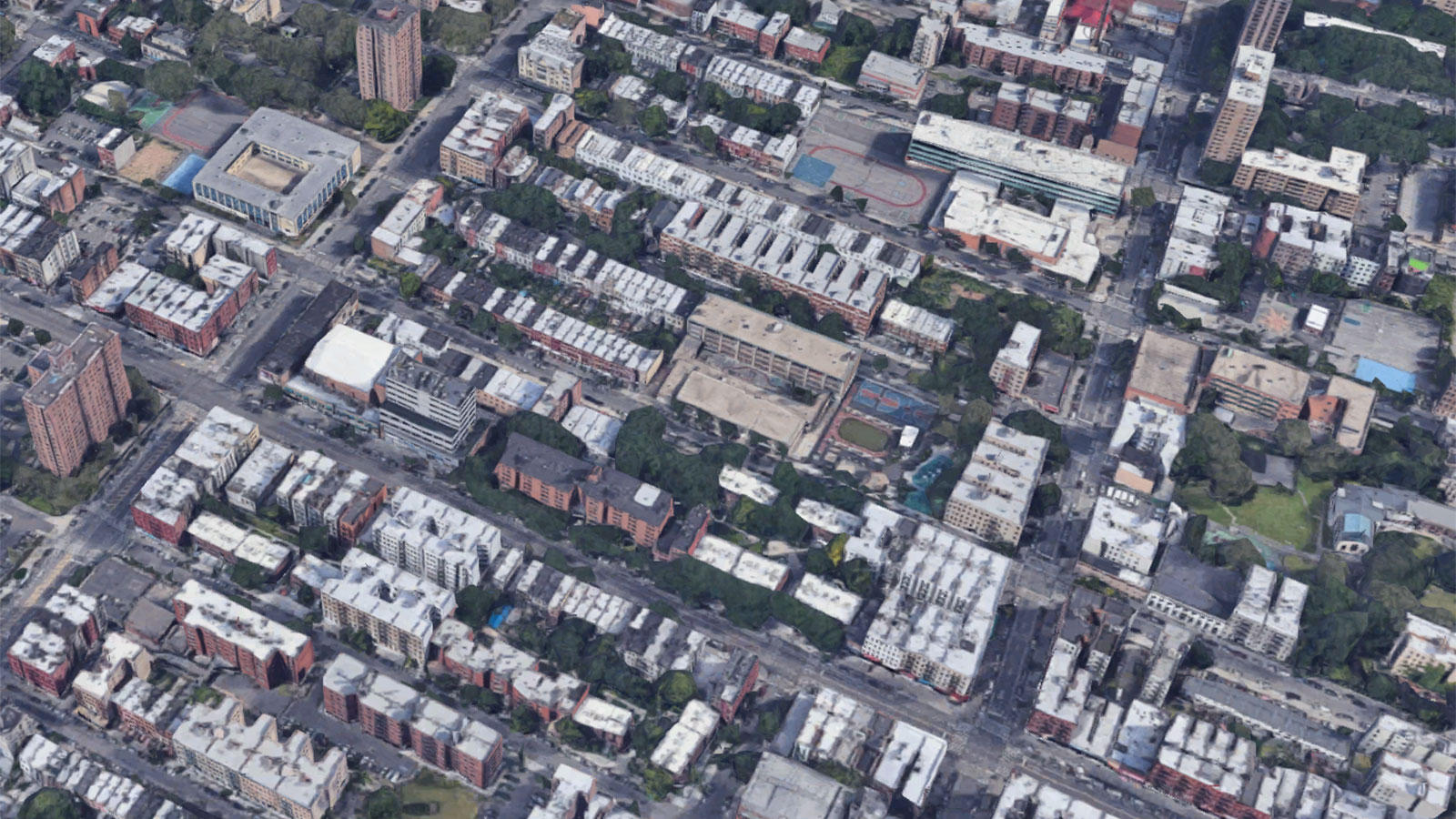White roofs are one of those climate solutions that sound too good to be true. Compared to solar panels and electric cars, painting the roof of a building white is a suspiciously cheap, analog way to usher in a low-carbon future. But it works — white roofs reflect sunlight back into space rather than absorbing it, lowering building temperatures and reducing the need for energy-intensive air conditioning.
Although the technology for reflective paint is well established, there’s room for improvement. Scientists are still after the Holy Grail — a paint so white that it perfectly reflects the sun’s rays, creating a surface that’s cooler to the touch on a hot summer day than the air around it. And now, a team of researchers from Purdue University in Indiana claim to have come the closest yet.
Xiulin Ruan, the professor of mechanical engineering who led the research, said the average white paint on the market reflects between 80 and 90 percent of the sunlight that hits its surface, absorbing the rest. Their new paint reflects 98.1 percent.
It also pulls off another trick. Totally separate from interactions with sunlight, all surfaces, including roofs, radiate heat outward. This is called thermal radiation, or emissivity. With this new paint, “the heat lost by radiation is more than the heat gained from the sun,” said Ruan. “That’s why it can cool below the ambient temperature.” Ruan and his colleagues found that a surface coated with the paint maintained a temperature between 8 and 18 degrees Fahrenheit lower than the air around it during daylight hours. They estimate that for a 1,600-square-foot building with an average air conditioning system and electricity rate of $0.10 per kilowatt-hour, their paint could result in a savings of $36 per month on cooling.
Sarah Schneider, the deputy director of the Cool Roof Rating Council, a nonprofit that rates roofing products based on their cooling properties, told Grist that the new formula sounded “Extreeeeeeemely, quote unquote, cool.”
Ruan’s team developed the paint with a common brightening material called barium sulfate, which is used in cosmetics, paper, and regular white paint. Their innovation was not the ingredient itself, but the size and distribution of particles within the paint to enhance its reflectivity.
Still, as with most scientific developments, this research is an incremental improvement on previous designs. Other researchers have achieved comparable results with barium sulfate. Jyotirmoy Mandal, a postdoctoral researcher at the University of California, Los Angeles, was part of a team that published an advance in barium sulfate–based paint a year ago that also claimed 98 percent reflectivity. He told Grist it’s best not to think of the Purdue group’s paint as the whitest white, but “as another addition to a series of reports on highly reflective paintable designs.” But Mandal said the researchers made a “notable advance” by “looking beyond optical aspects” and considering more practical concerns, like the paint’s viscosity and resistance to abrasion, which he said were crucial for use in the real world.
Another “cool roofs” researcher, Ronnen Levinson of Lawrence Berkeley National Laboratory’s Heat Island Group, noted one drawback. In an email, he told Grist that barium sulfate paint reflects ultraviolet light, which can accelerate the production of smog.
Cool roofs don’t just reduce indoor temperatures and save people money on their electricity bills. When deployed across a neighborhood, they can also reduce the ambient temperature on the street, combatting the heat island effect that plagues concrete-filled cities and causes heat-related illness and deaths.
That’s why many U.S. cities have quietly adopted “cool roof” requirements into their building codes. Los Angeles, for example, adopted a cool roof mandate on all new buildings and some roof replacements in 2014. New York City started requiring reflective coatings on new low-slope roofs in 2009, began including roof replacements in 2012, and strengthened the reflectivity requirement in 2019. A city-sponsored program that launched in 2009 painted 10 million square feet of roofs white across New York City over the course of a decade. Austin, Chicago, Dallas, Denver, Houston, Miami, Philadelphia, and Washington, D.C., have incorporated cool roofs into their building codes as well.

So why aren’t these cities just a sea of white from space? In some cities, builders can comply with code through other methods, like installing roof insulation. White paint is mostly reserved for buildings with flatter roofs for aesthetic reasons, and because sloped roofs aren’t exposed to direct sunlight throughout the day, said Jennifer Amann, the buildings program director for the American Council for an Energy-Efficient Economy, a research nonprofit. There are “cool roof” products in a range of colors and materials used for sloped roofs — they just aren’t as effective as white paint.
For Ruan, the whitest white has potential applications beyond the roofs of buildings. One possibility is a passive cooling or refrigeration system that works by sending water or air through outdoor pipes painted white, since the paint would keep the pipes cooler than the surrounding air.
For now, Ruan said the group is working with a “large corporation” to commercialize the technology, and continuing to test it on a few more practical metrics, like resistance to dust and water. “We hope to push this to market in a year or two, hopefully,” he said.
Emily Pontecorvo | Radio Free (2021-04-16T10:15:00+00:00) Scientists look for the Holy Grail: The whitest paint ever. Retrieved from https://www.radiofree.org/2021/04/16/scientists-look-for-the-holy-grail-the-whitest-paint-ever/
Please log in to upload a file.
There are no updates yet.
Click the Upload button above to add an update.
